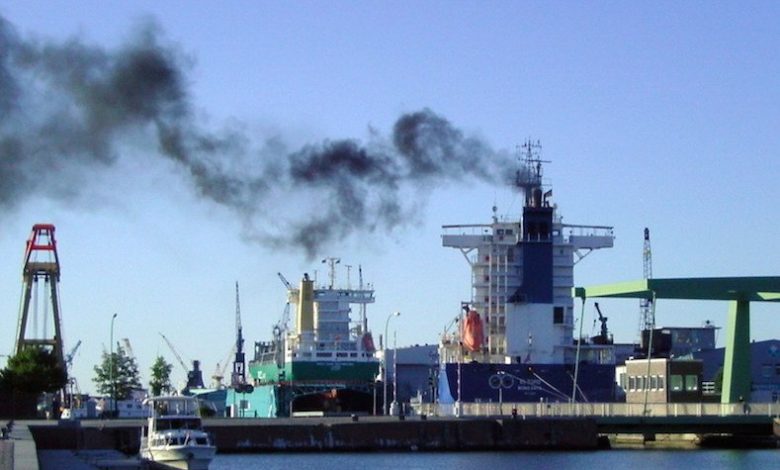China extends low sulphur limit to a further 11 ports

China’s Ministry of Transport have expanded a 0.50% sulphur limit for ships operating within three domestic emission control areas (ECAs) to 11 ports.
Ships calling at the ports will be required to switch to low sulphur fuels while at berth from January 1, 2017. The 11 ports are Shenzhen, Guangzhou, Zhuhai, Shanghai, Ningbo-Zhoushan, Suzhou, Nantong, Tianjin, Qinhuangdao, Tangshan and Huanghua.
The Ministry of Transport had previously set up three ECAs at the Pearl River Delta, Yangtze River Delta and Bohai-rim waters at the end of 2015.
The Yangtze River Delta is the first of three major port areas to make a 0.5% ECA compulsory. In April 2016, the rules became compulsory in Yangtze River core ports including Shanghai, Ningbo-Zhoushan, Suzhou, and Nantong, and in October 2016, ports in the Pearl River Delta- Shenzhen port including Yantian, Shekou, Chiwan, Mawan and Dachan Bay also implemented the regulations.
Under the rules, ships must switch to compliant fuel within one hour of arriving at berth and continue to use it until not more than one hour prior to departure. Ships will be allowed to use alternative compliance methods such as exhaust gas cleaning systems or shore power.
The low sulphur requirement will be extended to all ports located within the three Chinese ECAs from January 1, 2018.
By the end of 2019, the Chinese government is scheduled to determine if the fuel sulphur limit in its domestic ECAs should be reduced to 0.10%, which is in line with IMO’s MARPOL Annex VI regulations.
